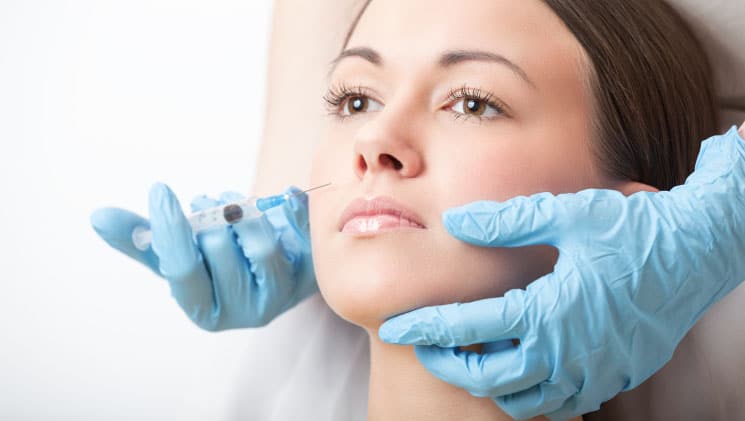
Fitting involves the programming of your hearing aids. This should be based not only on the results of your audiogram, but should take into account your personal preferences to ensure your hearing sounds natural and is optimal. Your audiologist will conduct tests during the fitting phase to verify that your speech comprehension has improved. The goal of the fitting process is straightforward: to improve your overall communication effectiveness.
Follow-up care is just as important in your level of satisfaction. A July 2009 Consumer Reports article titled “Hear Well in a Noisy World” discusses how critical it is that your audiologist explains what you should expect during the adjustment period. He or she should demonstrate how to insert and remove the battery, show you how to clean and store your hearing aids, help you practice putting them in your ears, go over the various buttons and controls, and have you practice making telephone calls while wearing them.
This initial follow-up appointment should be scheduled within a few weeks of receiving your hearing aids. A routine care and maintenance schedule should also be established, and should include instructions for cleaning your hearing aids on a daily basis, suggestions for maximizing battery life, regular “clean and check” appointments and an annual hearing test to gauge your hearing health and reprogram your hearing aids if needed.


